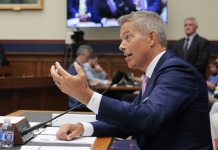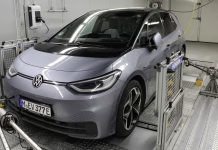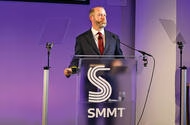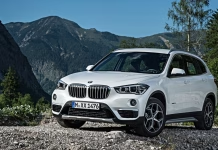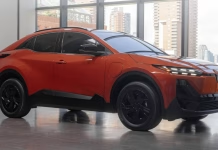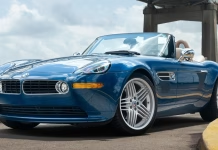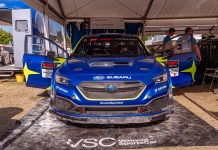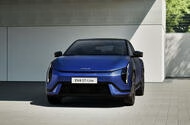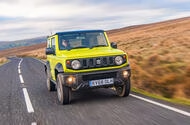Why Modernizing Air Traffic Control Is Crucial for Safer Skies
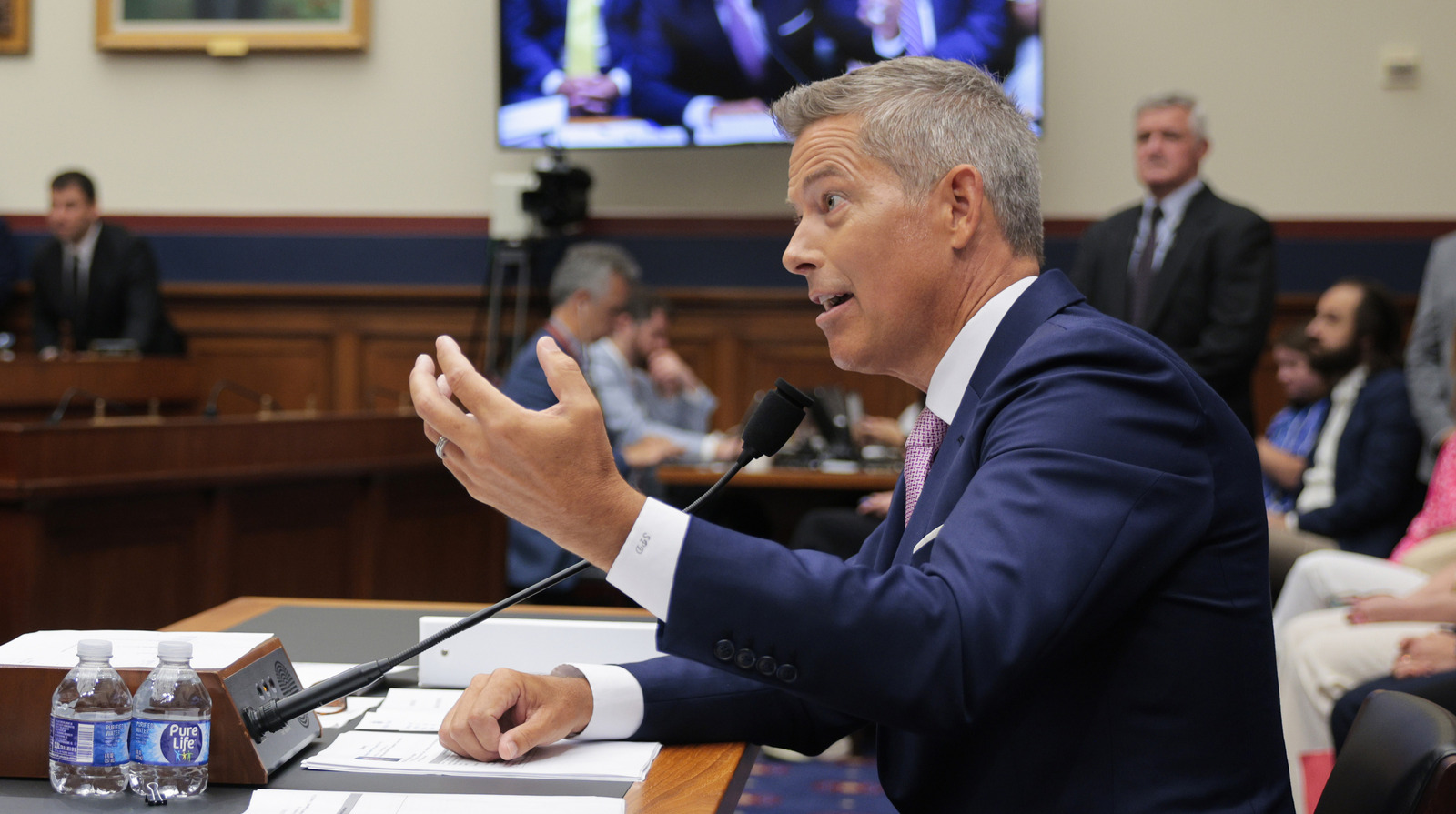
Volkswagen ID 3 Proves Long-Lasting Battery Performance After 100,000 Miles
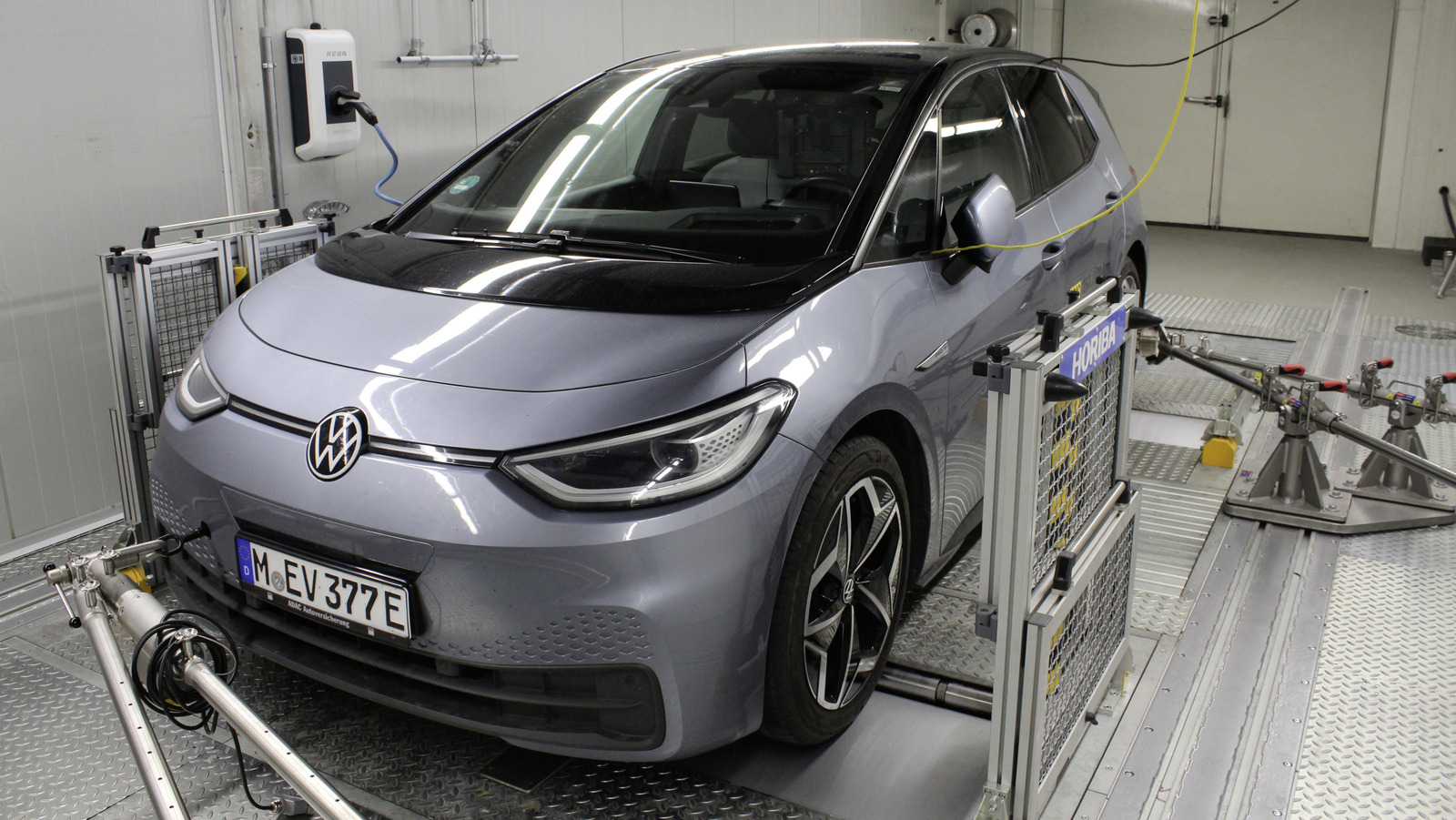
UK Automotive Industry Set for Major Growth as New Strategy Targets 1.3 Million Cars...
 Strategy targets annual production of 1.3 million by 2035, almost 50% up compared with today's levels
Strategy targets annual production of 1.3 million by 2035, almost 50% up compared with today's levels
Three months ago, Society of Motor Manufacturers and Traders boss Mike Hawes said it “felt like you were being punched on all sides”.
But the government’s new UK Modern Industrial Strategy is one of a number of developments that makes Hawes “a bit more optimistic” about the future.
An automotive-specific trade deal with the Trump administration – the only one signed and in force of its kind in the world – is another reason for hope. People have even stopped asking him about Brexit…
Hawes credits this government, and in particular business secretary Jonathan Reynolds, for giving meaningful support to the industry. To that end, it is “encouraging” that there are references to the automotive industry “liberally sprinkled” throughout the strategy, which was announced at Horiba MIRA the day before Hawes’s SMMT Summit, in a further sign of automotive’s importance.
The government’s strategy is both to attract inward investment and ensure cross-government support, making sure decisions are made with automotive in mind. Its 10-year length also makes for a more stable environment for investment. It confronts the UK’s high energy costs, although crossgovernment support for UK competitiveness will no doubt be tested at some point to ensure savings here aren’t undermined by making other areas more expensive, such as with labour costs going up due to recent national insurance hikes on employers.
In reference to the fading Brexit turmoil, Hawes said: “Despite everything going on globally, the UK is seen as being more stable than over the past decade.”
One of the strategy’s goals for UK car production is to get to 1.3 million units by 2035, almost 50% up on today. Hawes said that to do so will require “new entrants”, most likely from China. A manufacturer looking to invest in the UK now has more reason to do so than before the strategy’s publication.
The UK’s diplomatic efforts with China, Europe and the US have led to better relationships across the board, keeping tariffs low and ensuring the UK can be a global export hub. The India trade deal could present opportunities, too.
Hawes is well aware that attracting new investment is “fiercely competitive”, while our domestic market’s switch to EVs is lagging. He said substantive incentives that “make a difference to consumer sentiment and build the momentum you need” are required.
Yet the past few months have reassured Hawes there is a keen interest in cars, their technology and manufacturing. “The government, or the mainstream media, wouldn’t give it that much attention if it didn’t matter both politically and to individuals,” he said. “It has a tremendous amount of relevance and importance to people.”
Best Family Cars for Speed and Comfort to Replace Your BMW X1
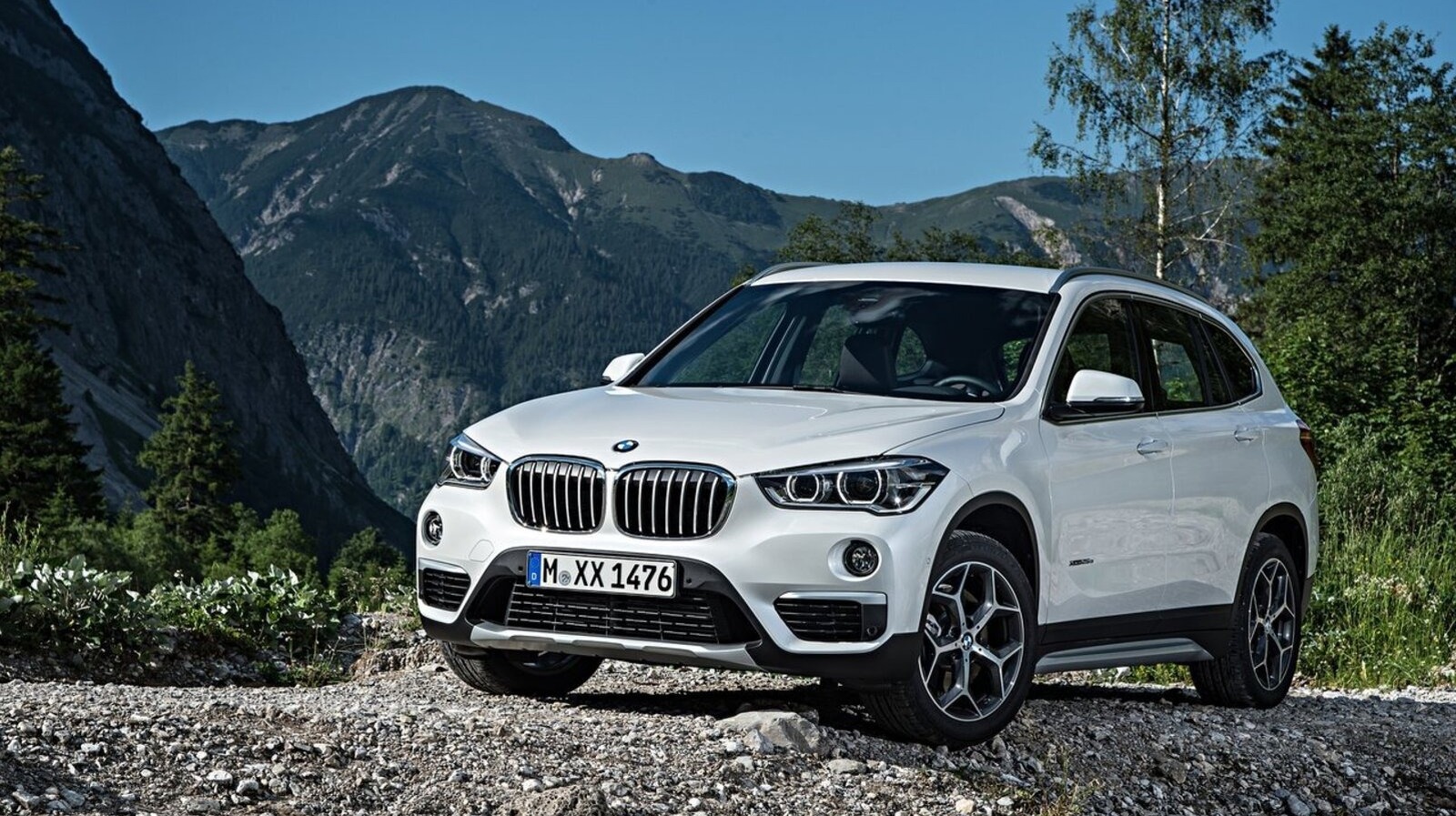
Subaru Uncharted Debuts as Rugged Electric Crossover Ready for Adventure
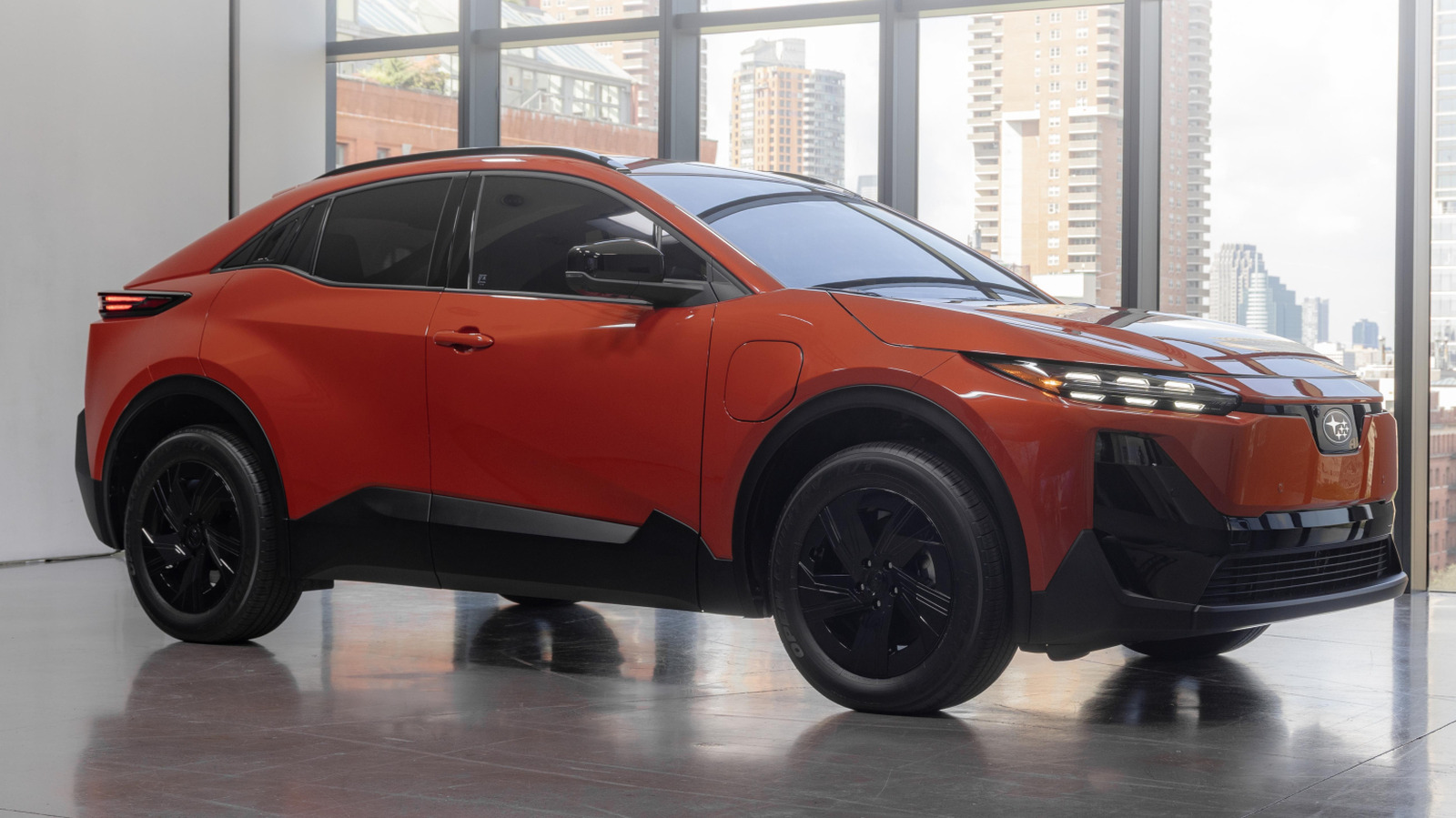
BMW Z8 The Timeless Beauty That Redefined Automotive Design
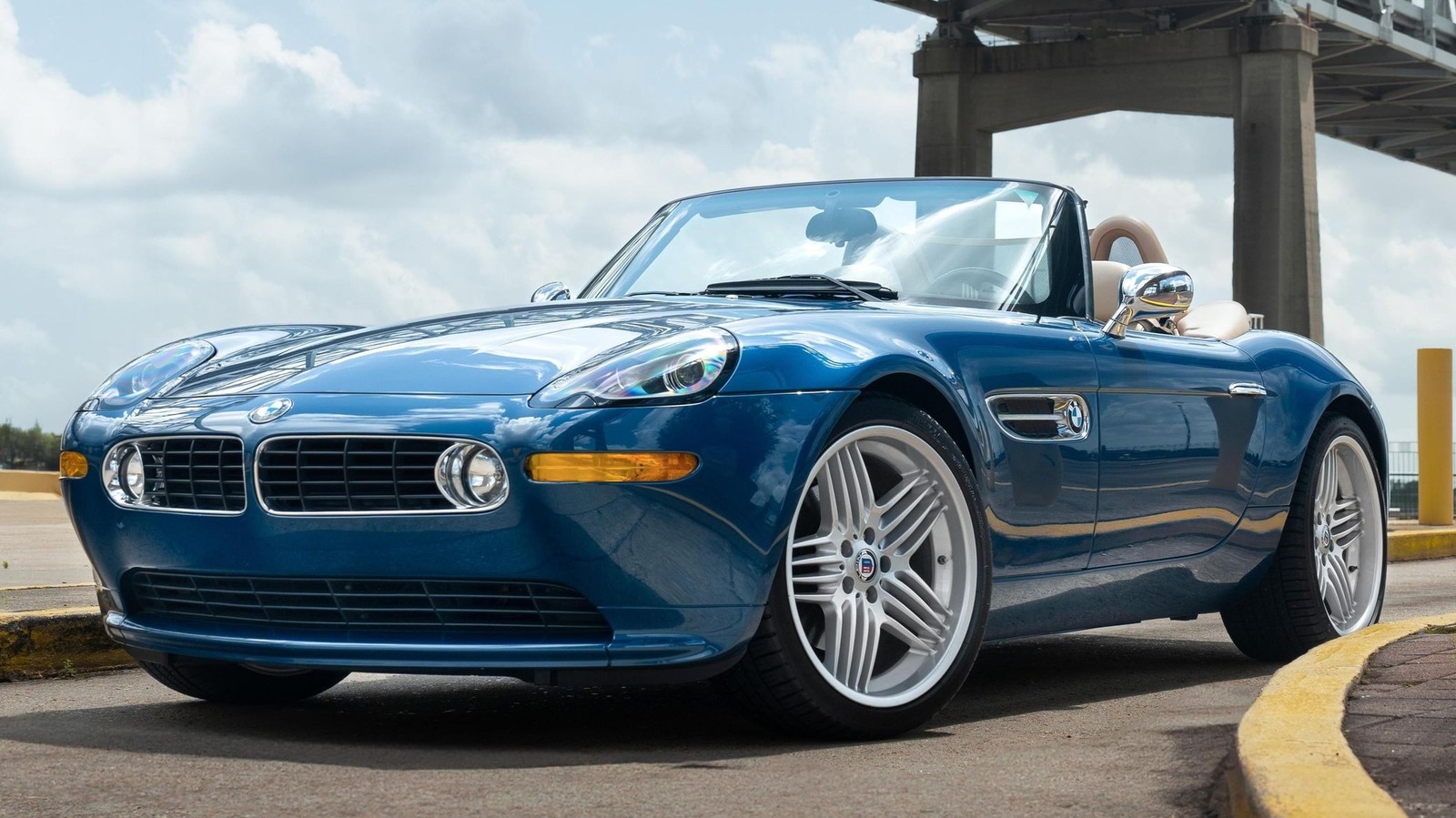
Race the Legends: Subaru Unleashes Dream Rally Cars for Ultimate Competition
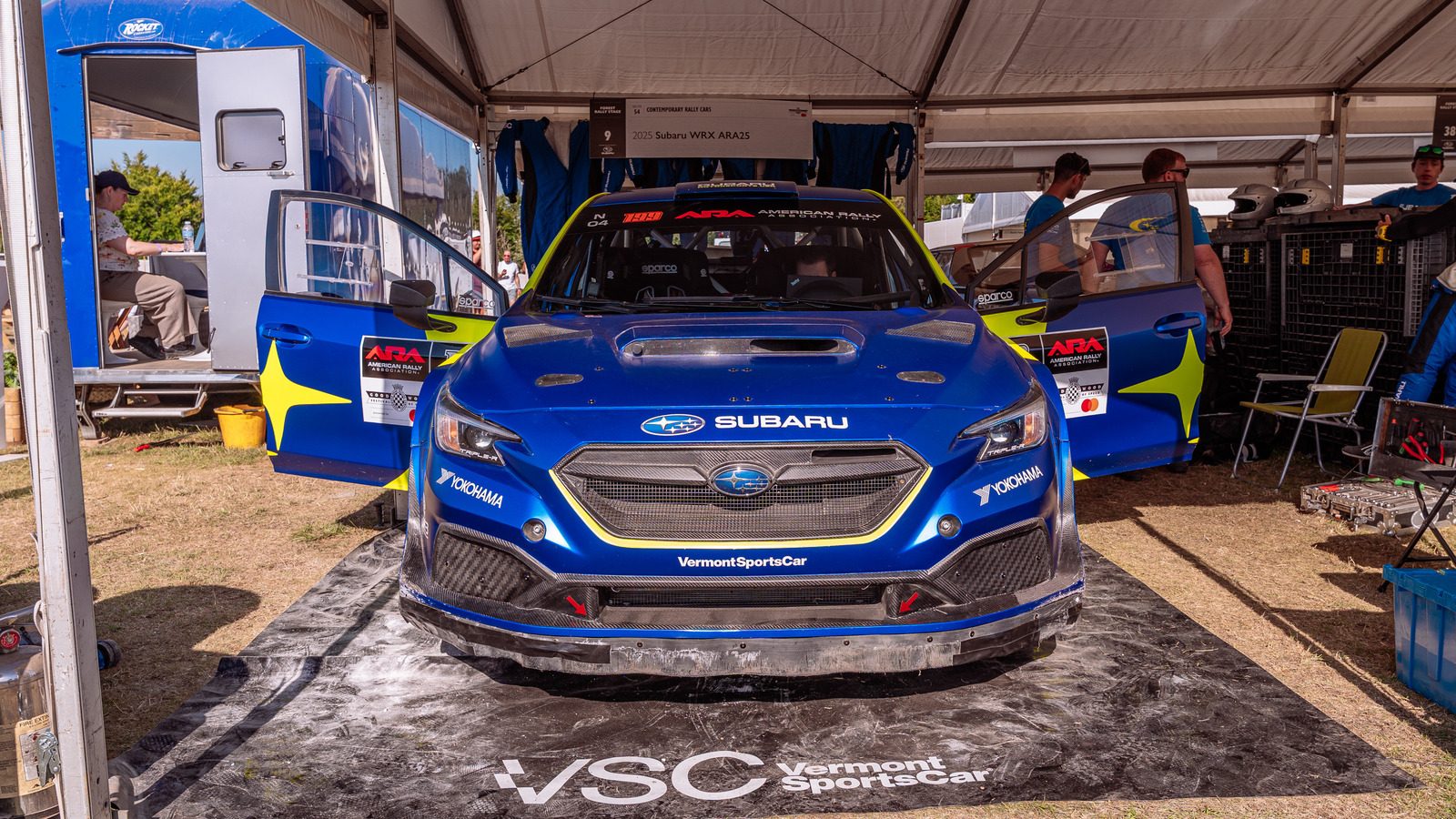
Kia EV4 Fastback Launches in UK With 380 Mile Range to Challenge Electric Saloon...
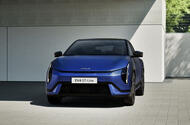 Kia's first electric estate will be sold in the UK with a 81.4kWh battery and offer 380 miles of range
Kia's first electric estate will be sold in the UK with a 81.4kWh battery and offer 380 miles of range
The Kia EV4 Fastback, the brand’s first electric saloon, will arrive in September priced from £40,895.
Sold alongside the Europe-made EV4 hatchback, the Fastback is expected to be more of a niche seller in the UK given it has been designed as more of a global model for the Korean firm – similar to the positioning of the Audi’s A6 Saloon compared to A6 Saloon.
In the UK, the Fastback, to be built in Korea, draws power exclusively from a 81.4kWh battery (compared to the entry £34,695 hatch’s 58.3kWh pack).
It is the most aerodynamic model Kia has ever made with a drag coefficient of 0.23Cd (thanks in part to active front air flaps), which helps the car achieve up to 380 miles of range from a single charge.
What’s more, its 400V system allows for a 10-80% charge in 31 minutes.
Power comes from a 201bhp front motor that can push the car to 62mph from standing in 7.9secs.
With those figures and starting price, this positions the Fastback squarely at Tesla’s Model 3.
It is sold in two trims, GT-Line and the £45,395 GT-Line S.
Inside, it is the same layout as the hatch: a 12.3in segments for infotainment and instrumentation, divided by a 5.3in climate panel. Boot space is rated at 490-litres
Order books are now open, with deliveries to begin from September.
Volvo Brings XC60 SUV Production to the USA

Suzuki Jimny Review Is This Cult 4×4 the Ultimate Modern Classic Investment
 Was Suzuki's iconic miniature off-roader’s long-overdue overhaul worth the wait? Used car prices can fluctuate regularly, but quirky models that have a real cult following tend to hold their value well or even increase in value over time.This fact is epitomised by the fourth-generation Suzuki Jimny, a character-packed compact off-roader that has already gained modern classic status. We think it’s worthy of investment as soon as possible, considering how prices have trickled upwards since its launch in 2018.Due to limited supply and a short lifespan in the UK (the passenger car version was sold here for only two years and the van was pulled in 2024), the Mk4 Jimny is effectively a collector’s item. The classifieds are packed full of cars costing anywhere between £21k and £50k, depending on age and condition.Why spend over the odds on a Jimny, though, when the Dacia Duster and Fiat Panda both offer 4x4 capability at cheaper prices? Well, while those are solid alternatives, Japan’s baby Jeep has to be at the top of your wishlist for its combination of a brilliant go-anywhere attitude and sweet, retro-inspired looks.Thanks to its four-wheel drive system, low-range gearbox and Toyota Land Cruiser-rivalling breakover and departure angles, the Jimny is more than comfortable with being taken off the beaten track.It feels like a mountain goat, its light weight helping it to skip along rough tracks and muddy lanes – although we would exercise caution if any rock crawling is required, due to its low ground clearance.Then again, there are heaps of specialist firms offering upgraded suspension, wheels and underbody protection if you want to turn your Jimny into a Land Rover Defender killer.A rather less rounded on-road driving experience is the price you pay for such off-road capability. At lower speeds, the ride can be a little choppy, particularly on unkempt surfaces, although once you’re up to a brisk speed on cross-country roads, it settles down and irons out lumps and bumps well.There’s a lot of body roll through corners and the steering is slow-geared. But still, for the odd urban jaunt, it’s a fun little SUV to ride around in.Powering the Jimny is a 100bhp naturally aspirated 1.5-litre four-cylinder petrol engine. There’s more than enough performance for barrelling around farmland, and enough pep for trips into and around town. It’s less suited to motorways, though, where it feels quite strained at higher revs.You will also notice an increase in decibels at higher speeds, albeit not as badly as you would in a classic Defender. Two versions of the Jimny were available in the UK, both with three doors only: the SZ4, which came with steel wheels, and the plusher SZ5, which added alloy wheels, LED headlights, rear privacy glass, climate control and heated seats.It also borrowed a 7.0in infotainment touchscreen from Suzuki’s Swift supermini, and while its graphics are a bit lacklustre, smartphone mirroring goes a long way to mitigating that.Inside the Jimny, there’s plenty of chunky physical controls, and while they do feel cheap, they make it easy to adjust functions on the move. Rear accommodation is only big enough for children (and just two of them, as there’s no middle seat), while the side-hinged boot can fit a few carrier bags at best.Therefore, if you’re going to be doing plenty of load-lugging, the Commercial, with its 863-litre cargo area (in place of the seats), is the Jimny to go for.In any case, there’s no better time to snap up a Jimny.There aren’t many compact 4x4s out there that will happily do the school run and a spot of green-laning all in the same day.
Was Suzuki's iconic miniature off-roader’s long-overdue overhaul worth the wait? Used car prices can fluctuate regularly, but quirky models that have a real cult following tend to hold their value well or even increase in value over time.This fact is epitomised by the fourth-generation Suzuki Jimny, a character-packed compact off-roader that has already gained modern classic status. We think it’s worthy of investment as soon as possible, considering how prices have trickled upwards since its launch in 2018.Due to limited supply and a short lifespan in the UK (the passenger car version was sold here for only two years and the van was pulled in 2024), the Mk4 Jimny is effectively a collector’s item. The classifieds are packed full of cars costing anywhere between £21k and £50k, depending on age and condition.Why spend over the odds on a Jimny, though, when the Dacia Duster and Fiat Panda both offer 4x4 capability at cheaper prices? Well, while those are solid alternatives, Japan’s baby Jeep has to be at the top of your wishlist for its combination of a brilliant go-anywhere attitude and sweet, retro-inspired looks.Thanks to its four-wheel drive system, low-range gearbox and Toyota Land Cruiser-rivalling breakover and departure angles, the Jimny is more than comfortable with being taken off the beaten track.It feels like a mountain goat, its light weight helping it to skip along rough tracks and muddy lanes – although we would exercise caution if any rock crawling is required, due to its low ground clearance.Then again, there are heaps of specialist firms offering upgraded suspension, wheels and underbody protection if you want to turn your Jimny into a Land Rover Defender killer.A rather less rounded on-road driving experience is the price you pay for such off-road capability. At lower speeds, the ride can be a little choppy, particularly on unkempt surfaces, although once you’re up to a brisk speed on cross-country roads, it settles down and irons out lumps and bumps well.There’s a lot of body roll through corners and the steering is slow-geared. But still, for the odd urban jaunt, it’s a fun little SUV to ride around in.Powering the Jimny is a 100bhp naturally aspirated 1.5-litre four-cylinder petrol engine. There’s more than enough performance for barrelling around farmland, and enough pep for trips into and around town. It’s less suited to motorways, though, where it feels quite strained at higher revs.You will also notice an increase in decibels at higher speeds, albeit not as badly as you would in a classic Defender. Two versions of the Jimny were available in the UK, both with three doors only: the SZ4, which came with steel wheels, and the plusher SZ5, which added alloy wheels, LED headlights, rear privacy glass, climate control and heated seats.It also borrowed a 7.0in infotainment touchscreen from Suzuki’s Swift supermini, and while its graphics are a bit lacklustre, smartphone mirroring goes a long way to mitigating that.Inside the Jimny, there’s plenty of chunky physical controls, and while they do feel cheap, they make it easy to adjust functions on the move. Rear accommodation is only big enough for children (and just two of them, as there’s no middle seat), while the side-hinged boot can fit a few carrier bags at best.Therefore, if you’re going to be doing plenty of load-lugging, the Commercial, with its 863-litre cargo area (in place of the seats), is the Jimny to go for.In any case, there’s no better time to snap up a Jimny.There aren’t many compact 4x4s out there that will happily do the school run and a spot of green-laning all in the same day.
